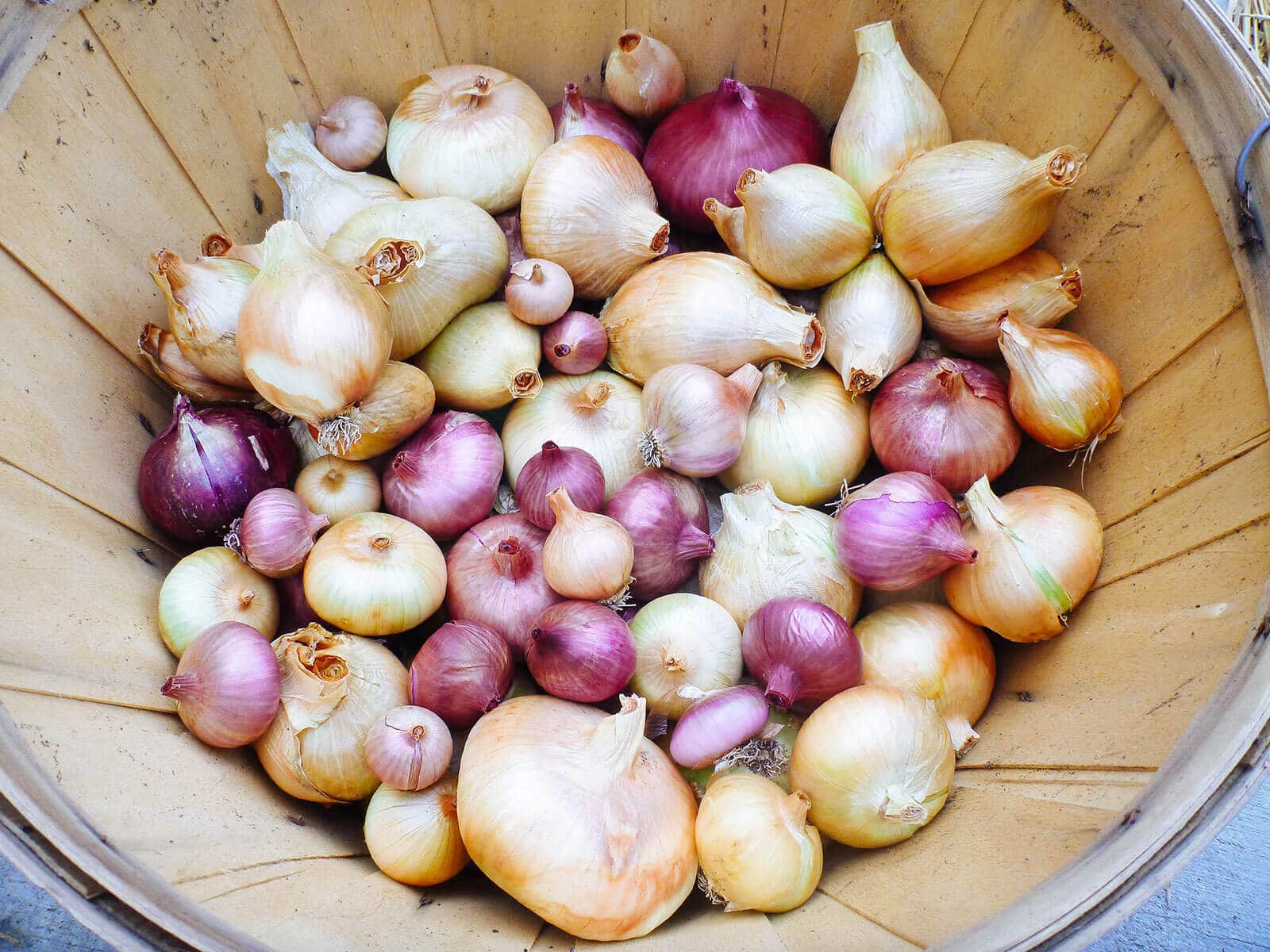Discovering a green caterpillar leisurely munching on your garden leaves can be a fascinating encounter. These tiny creatures are not only integral to the ecosystem but can also be a sign of a healthy garden. However, it becomes vital to identify them accurately, as they can sometimes be a nuisance to your cherished plants.
In this comprehensive visual guide, we’ll explore the astonishing variety of green caterpillars. From identifying these wriggly guests to understanding their impact on your garden, we’ll delve into the world of these leafy-green larval forms. So, brace yourself for an enlightening journey through the lives of the 32 types of green caterpillars that you might find in your garden.
How do i identify green caterpillars?
Identifying green caterpillars involves observing their size, shape, color patterns, and sometimes the plants they prefer. It’s a delightful puzzle that requires keen observation and sometimes, a bit of research.
One helpful tip is to take note of the caterpillar’s behavior. For example, some caterpillars like the tomato hornworm have telltale stripes or horn-like protrusions, while others may blend seamlessly with their surroundings.
The time of year can also be a clue—certain species are more active in different seasons. Keep a magnifying glass handy to examine the fine details that distinguish one caterpillar from another.
Of course, for a definitive identification, consulting a green caterpillar identification chart can be invaluable. Such charts often include detailed images and descriptions to help you pinpoint the exact species in your garden.
What are the common types of green caterpillars?
Among the diverse world of green caterpillars, several species are commonly found in gardens. These include the cabbage white caterpillar, which is often seen on brassicas, and the vibrant tomato hornworm, a known lover of nightshade plants such as tomatoes and peppers.
Other notable species include the inchworm, easily recognized by its looping walk, and the luna moth caterpillar, which is not only green but also has eye-catching spots that serve as a defense mechanism against predators.
It’s important to note that while some caterpillars may have a voracious appetite for your plants, others play a beneficial role in the garden’s ecosystem.
What are the characteristics of green caterpillars?
Green caterpillars come in various shapes and sizes, but common characteristics include a soft, segmented body with six true legs and several false legs, known as prolegs. They often have distinctive markings or features like stripes, spots, or horns.
Many green caterpillars exhibit camouflage, allowing them to blend in with the leaves they feed on, while others may have bright markings as a warning for their toxic nature.
Their diet is mainly composed of plant matter, though what they eat can help in identifying them since most caterpillars are selective about their host plants.
Are green caterpillars dangerous to plants?
While green caterpillars are a natural part of the garden’s ecosystem, some species can be quite troublesome for plants. The extent of the damage can range from holes in the foliage to complete defoliation, depending on the number of caterpillars present and their specific feeding habits.
However, it’s important to remember that not all caterpillars pose a significant risk to your garden. Some may feed on unwanted weeds or are present in such small numbers that their impact is minimal.
In cases where control is necessary, identifying whether a caterpillar is harmful or beneficial is crucial before taking action.
How do green caterpillars transform into butterflies?
The transformation of green caterpillars into butterflies—or moths, in some cases—is a wonder of nature known as metamorphosis. This process consists of several stages, starting with the caterpillar itself, which represents the larval stage.
As the caterpillar grows, it eventually forms a chrysalis or cocoon, entering the pupal stage. Within this protective casing, the caterpillar undergoes a remarkable transformation, reorganizing its body into the adult form.
Finally, the adult butterfly or moth emerges, ready to continue the cycle of life. The entire process is not only fascinating from a biological standpoint but is also a testament to the incredible adaptability of these creatures.
What organic methods can help manage green caterpillars?
Organic methods of managing green caterpillars are favored by many gardeners who wish to maintain an eco-friendly approach to pest control. One popular method is the use of Bacillus thuringiensis (Bt), a naturally occurring bacteria that is harmful to caterpillars but safe for other wildlife.
Encouraging natural predators, such as birds and beneficial insects, is another effective strategy. These predators can help keep caterpillar populations in check without the need for chemical interventions.
Physical barriers, such as row covers, can prevent butterflies and moths from laying eggs on plants. Hand-picking and removing caterpillars can also be a straightforward if somewhat time-consuming, approach.
Where can i find a green caterpillar identification chart?
A green caterpillar identification chart can typically be found in gardening books, online resources, or local extension offices. These charts are an indispensable tool for any gardener looking to learn more about the caterpillars in their midst.
Many charts are detailed with photographs or illustrations, alongside descriptions of the caterpillars’ appearance, preferred host plants, and other identifying characteristics.
Utilizing these charts can not only aid in the management of garden pests but also enhance your appreciation for the diversity of life that thrives in your own backyard.
Now let’s take a moment to watch an informative video on the subject:
Related Questions on Green Caterpillars in the Garden
What are the green caterpillars in my garden?
The green caterpillars in your garden could be any of the 32 common types, such as the cabbage white or the tomato hornworm. Each has its own distinct characteristics and favored plants.
Becoming familiar with these species through observation and the use of identification guides is the first step in understanding what exactly is visiting your garden.
How do I know what type of caterpillar I found?
Identifying the type of caterpillar you’ve found involves a close examination of its physical characteristics, such as color patterns, size, and the shape of its body, as well as noting the plants it consumes.
An identification chart or guidebook can be invaluable in this process, providing clear visuals and descriptions to help you make an accurate identification.
What kind of caterpillar is all green?
An all-green caterpillar could be one of many species, such as the green hornworm or the larva of the luna moth. These caterpillars are typically well-camouflaged and may be challenging to spot amongst the foliage.
To determine the exact species, consider additional features like body markings or the specific plant it is found on.
What do the green caterpillars turn into?
Green caterpillars undergo metamorphosis to become either butterflies or moths. The specific type of adult insect they transform into depends on the species of the caterpillar.
For instance, a monarch caterpillar will eventually turn into a monarch butterfly, whereas a tomato hornworm will become a five-spotted hawk moth.
Understanding the green caterpillars in your garden not only aids in maintaining a healthy garden but also allows you to witness the fascinating lifecycle of these insects and their role in the broader ecosystem. Armed with this knowledge and a keen eye, you’re well-prepared to coexist with and even enjoy these leafy-green larvae.





